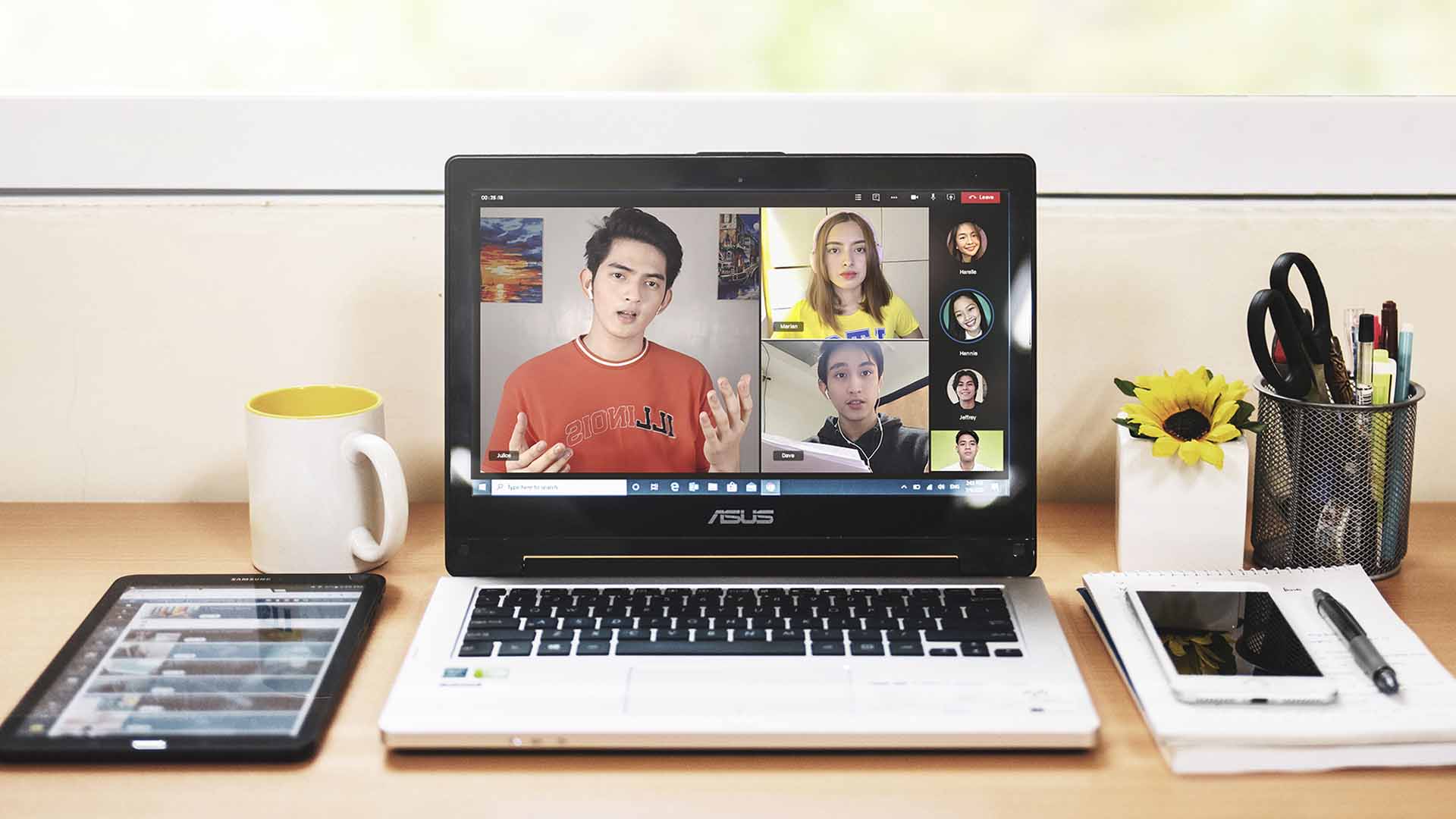Education is undeniably one of the sectors in the country that was heavily hit by the onset of the COVID-19 pandemic last year. According to UNESCO, more than 1.5 billion students were affected by school closures in an attempt to curb the spread of the coronavirus disease and 30 million of which are Filipino learners.
With school closures and physical classes no longer a feasible option amidst the health and safety concerns, educational institutions have shifted to distance learning. However, the sudden shift to remote learning has its challenges as most learners, educators, colleges, and universities have limited resources to meet the abrupt demands of the new learning modalities.
“The global pandemic has only allowed little time for schools to prepare for remote learning and other challenges in the curricula and learning delivery system. It is therefore crucial that we innovate, become more creative, and use technology as a leverage to make education inclusive, robust, and effective despite the crisis,” said Aisa Q. Hipolito, STI ESG VP for Academics.
Tech-driven education in the new normal
STI has introduced the ONline and ONsite Education (ONE STI), an educational framework to enable students to complete their studies last school year. For school year 2021-2022, ONE STI will continue to be the primary learning modality amidst the pandemic.
The ONE STI Learning Model combines online learning via the eLearning Management System (eLMS) at home with the invaluable hands-on training on-campus campus once allowed by the Inter-Agency Task Force (IATF).
The concept of online learning is not new to STI, as the institution already implemented a blended learning mode for the past years using a two-way cloud-based platform where students and teachers can discuss and collaborate seamlessly.
To increase students’ productivity, STI partnered with Microsoft to provide its students and teachers with their own Microsoft Office 365 accounts which they can use to install Microsoft productivity apps on their devices and login to MS Teams. Through the MS Teams, students can also attend their online classes through its extensive video conferencing and other collaborative features.
With connectivity being the main hurdle in online learning, STI showed the institution’s commitment to bridging the gap with their recent partnership with PLDT Enterprise and Globe Telecom where students across all STI campuses will be provided with up to 34GB monthly data plan for free.
“Through this endeavor, our students will be less burdened and can stay connected, have access to online materials, and study safely and comfortably from their homes,” said Hipolito.
Industry-based and interactive learning content
To complement this new learning model, STI continues to strengthen its partnership with key players in the industry to address the learning gaps brought by the limitations of remote learning. This is a way to ensure that students still get the most out of their education and get to apply their learnings in real world settings to prepare them for future employment.
“We constantly look for opportunities and seek feedback from our industry partners to ensure that our curriculum and training programs conform to the needs and demands of the ever-changing industry trends,” noted Hipolito.

STI’s experience with blended learning in the past years has allowed the institution to recalibrate its learning contents and teaching methodologies to educate students even outside the classroom effectively.
For an instance, STI College is one of the 11 top universities and colleges in the country that joined the Huawei ICT Academy, a program of a leading multinational tech company Huawei that aims to enhance the awareness as well as the ICT knowledge and skills of future talents in the Philippines.
College students from various STI campuses have also successfully completed the UnionBank Blockchain Xcellerator Program where they had undergone an eight-week intensive course to create a blockchain application based on a business model.
Aside from these programs, STI teachers are actively inviting industry practitioners to their online classes to provide an insightful firsthand perspective to the learners.
A virtual career fair exclusive for STI students and alumni was also conducted with the help of companies such as Accenture and Teleperformance to open more opportunities of employment to students.
In addition, a series of STI Webinars were continuously held for both students and parents, which discussed matters like mental health, data privacy online, and ways to deal with learning from home.
Apart from the ever-evolving content of the curriculum, STI has optimized its learning contents by making each module highly engaging and interactive.
Hipolito reiterated that the institution has invested its time and effort on various learning methodologies, data analytics on student performance that can correlate with various factors that affect learning, and continuous trainings for teachers.
“STI has always been committed to provide our students with the necessary skills and knowledge that they can apply in the real world. That is why STI education is responsive, up-to-date, and relevant to keep up with the demands of our learners and the industries,” ended Hipolito.








